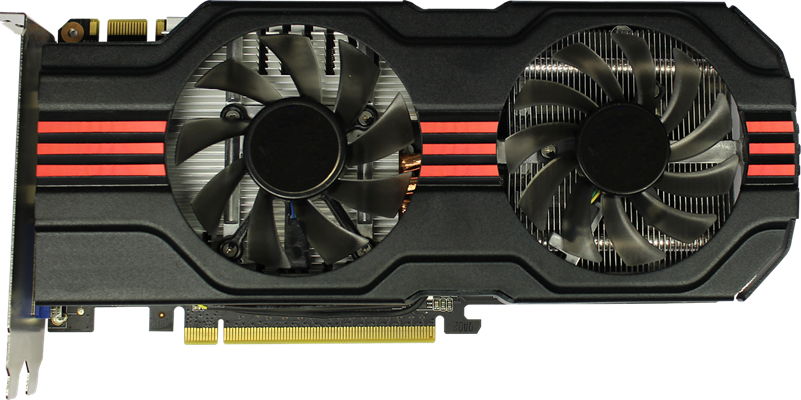AMD has released its latest graphics driver, version 23.12.1, which reportedly addresses a longstanding problem with power consumption in RDNA 3 desktop graphics cards. Previous drivers had caused these graphics cards to consume excessive power during idle periods, leading to higher energy usage and potentially increased bills. To determine the effectiveness of the new driver, our sister site Tom’s Hardware conducted tests to measure the power draw of the RX 7000 range with both the new Adrenalin driver 23.12.1 and the previous 23.11.1 release.
Previous power consumption issues
Before the release of driver version 23.11.1, RDNA 3 flagship graphics cards had the potential to consume up to 90W of power when idling. This was a concerning issue as it not only wasted energy but also likely resulted in higher electricity bills for users. However, version 23.11.1 partially resolved the problem for RX 7900 XTX and 7900 XT graphics cards.
Improved Power Draw with the New Driver
With the introduction of the new Adrenalin driver 23.12.1, significant improvements in power consumption have been achieved. The RX 7800 XT, which previously consumed a hefty 33W when idling, saw a reduction to 12.9W with the new driver. Similarly, the RX 7700 XT, which initially used 27.5W at idle, was notably reduced to 12W. The RX 7600 experienced a reduction from 17.1W to a considerably tamer 8W with the installation of the updated driver. As a result, all RDNA 3 GPUs now idle at 17W or less, which is in line with expected levels.
Challenges with Multiple Monitor Setups
While the latest driver has successfully resolved power consumption issues for most RDNA 3 graphics card users, some individuals with multiple monitor configurations have reported ongoing problems. Despite the improvements made, certain users claim that the situation either remained the same or worsened with the latest release. It is crucial to note that multiple display setups are less common compared to high refresh rate monitors. Therefore, it is expected that only a small niche of AMD RDNA 3 graphics card owners are affected by the power consumption issues in multiple monitor configurations.
The rarity of multiple display configurations
Multiple monitor setups are relatively uncommon when compared to setups with high refresh rate monitors. The reported challenges faced by a subset of users with multiple monitors are, therefore, expected to affect a limited number of individuals. While it is unfortunate that some users continue to experience power consumption issues, it is relatively promising that the majority of RDNA 3 graphics card owners will benefit from the significant improvements achieved with the latest driver release.
AMD’s latest graphics driver, version 23.12.1, has resolved the longstanding power consumption issue in RDNA 3 desktop graphics cards. With the new driver installed, power draw during idle periods has significantly reduced across the RX 7000 range. The RX 7800 XT, RX 7700 XT, and RX 7600 now idle at 12.9W, 12W, and 8W, respectively. Although challenges persist for individuals with multiple monitor setups, it is reassuring to know that these configurations are relatively rare. The majority of RDNA 3 graphics card owners will benefit from the improvements brought about by the latest release. AMD’s dedication to addressing power consumption concerns is praiseworthy, and users can now enjoy better energy efficiency and potentially lower electricity bills with their RDNA 3 desktop graphics cards.

